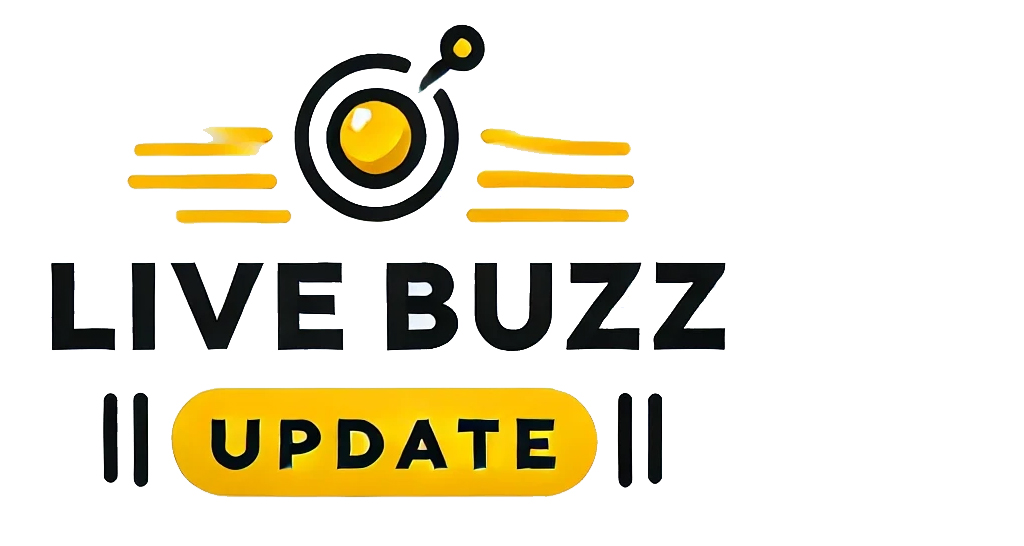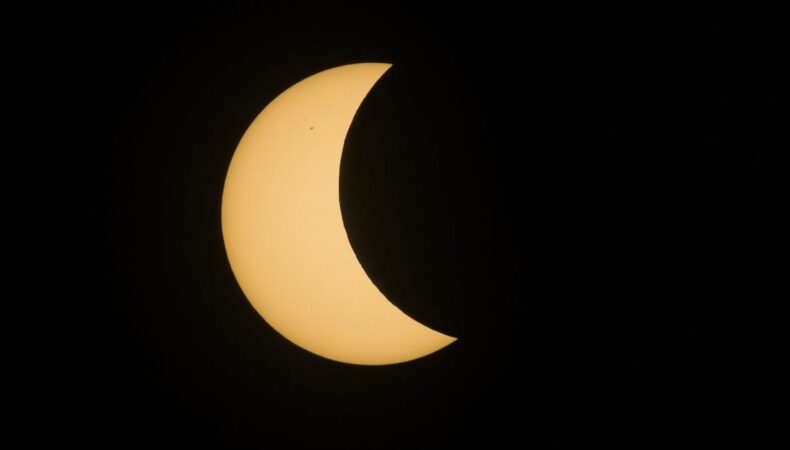Parts of the United States are set to witness a partial solar eclipse this weekend. This celestial event involves the moon partially obscuring the sun’s light, causing the day to appear as if it’s dusk.
A partial solar eclipse differs from a total solar eclipse in that only a portion of the sun is covered by the moon. The moon, earth, and sun must be aligned for an eclipse to occur, yet this alignment can often be obscure due to geometric complexities.
The spectacle will be visible in states that lie in the path of the eclipse. However, viewers must exercise caution while observing the event to avoid potential eye damage. The use of proper solar filters, which are often included in special safety glasses, is advised.
Websites like www.timeanddate.com can be used to track the exact time of visibility in different regions and to provide a graphical simulation of the eclipse. It is important to note that visibility can be affected by local weather conditions.
Observers are advised to avoid looking directly at the sun during the partial solar eclipse without certified protection. Regular sunglasses are not suitable for this purpose; special solar eclipse glasses are required as they are designed to protect the eyes from harmful solar radiation.
This upcoming partial solar eclipse holds special significance in that it’s the last of its type for the year. Enthusiasts within the visibility path are expected to seize this rare opportunity to witness and capture the event.
Throughout history, solar eclipses have been viewed with a mixture of awe, fear, and fascination. Their occurrence still captivates audiences worldwide, serving as a reminder of the intricate, dynamic systems of space that exist far beyond our everyday view.
Last modified: March 25, 2025



